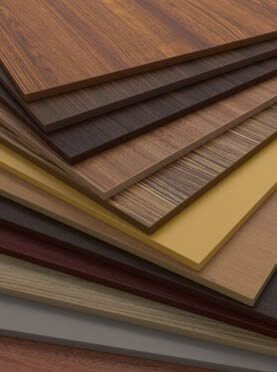WPC in Interior Design: Elevate Your Space with Style and Sustainability
When it comes to interior design, the choices you make can profoundly impact the aesthetics, functionality, and sustainability of your space. One innovative material that has been making waves in the world of interior design is Wood-Plastic Composite (WPC). Let’s dive into how WPC is transforming interior spaces and why it should be on your radar for your next design project.
Understanding WPC in Interior Design
Wood-plastic composite, or WPC, is a versatile and eco-friendly material that blends wood fibers or flour with thermoplastics like PVC, PE, or PP. This amalgamation of natural and synthetic elements results in a material that boasts the best of both worlds: the timeless beauty of wood and the durability of plastics.
The Versatility of WPC in Interiors
- Flooring: WPC flooring has become increasingly popular in homes and commercial spaces. Its durability, resistance to moisture, and ability to mimic the look of hardwood make it an excellent choice for areas that demand both aesthetics and functionality.
- Wall Panels: WPC wall panels can transform your walls into works of art. They come in a variety of finishes and textures, allowing you to create a unique and inviting ambiance in any room.
- Ceilings: WPC can also be used for ceiling panels, adding a touch of elegance and warmth to your space. Its resistance to moisture makes it particularly suitable for areas like bathrooms and kitchens.
- Furniture: WPC has made its way into the world of furniture design. Chairs, tables, and other pieces made from WPC are not only stylish but also weather-resistant, making them perfect for both indoor and outdoor use.
Advantages of Using WPC in Interior Design
- Eco-Friendly Choice: WPC often incorporates recycled materials, reducing the demand for virgin resources and contributing to a more sustainable future.
- Low Maintenance: Unlike natural wood, WPC doesn’t require regular staining or sealing. A simple wipe-down with a damp cloth is usually sufficient to keep it looking great.
- Durability: WPC is resistant to moisture, rot, and pests. It maintains its structural integrity over time, ensuring your interior design investments last.
- Aesthetic Appeal: WPC’s ability to mimic the look and feel of natural wood adds a touch of warmth and elegance to any interior space.
Choosing Quality WPC for Interior Design
When selecting WPC for your interior design project, pay attention to the following:
- Composition: Look for a product with a balanced ratio of wood and plastic to ensure both durability and aesthetics.
- Thickness: Thicker WPC boards generally offer better stability and durability.
- Finish: Opt for boards with a consistent and realistic wood grain finish for a more authentic look.
- Manufacturer Reputation: Research the manufacturer’s reputation and read reviews to ensure you’re getting a high-quality product.
In conclusion, WPC is a game-changer in the world of interior design. Its versatility, sustainability, and aesthetic appeal make it a fantastic choice for flooring, wall panels, ceilings, and furniture. By incorporating WPC into your interior design project, you not only elevate the style and functionality of your space but also contribute to a more sustainable future. Embrace the beauty and durability of WPC and unlock a world of possibilities for your interior design endeavors.


